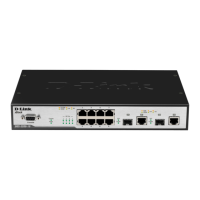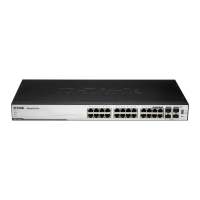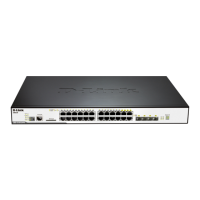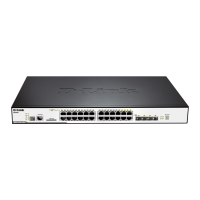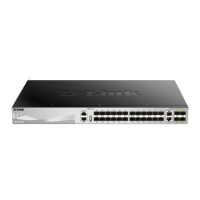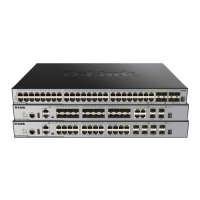Gigabit Ethernet Switch User’s Guide
22
forwarding decisions (this allows VLANs to span multiple switches). If an egress connection is to a non-
compliant switch or end-station, tags should be stripped so the (now normal Ethernet) packet can be read
by the receiving device.
VLANs Over 802.1Q-compliant Switches
When switches maintaining the same VLANs are 802.1Q-compliant, it is possible to use tagging. Tagging puts
802.1Q VLAN information into each packet header, enabling other 802.1Q-compliant switches that receive the
packet to know how to treat it. Upon receiving a tagged packet, an 802.1Q-compliant switch can use the
information in the packet header to maintain the integrity of VLANs, carry out priority forwarding, etc.
Data transmissions between 802.1Q-compliant switches take place as shown below.
12345678
Tx R x Tx R x Tx R x Tx Rx Tx Rx Tx R x Tx Rx Tx Rx
Figure 5-5. Data transmissions between 802.1Q-compliant Switches
In the above example, step 4 is the key element. Because the packet has 802.1Q VLAN data encoded in its
header, the ingress port can make VLAN-based decisions about its delivery: whether server #2 is attached to a
port that is a member of VLAN 2 and, thus, should the packet be delivered; the queuing priority to give to the
packet, etc. It can also perform these functions for VLAN 1 packets as well, and, in fact, for any tagged packet
it receives regardless of the VLAN number.
If the ingress port in step 4 were connected to a non-802.1Q-compliant device and was thus receiving
untagged packets, it would tag its own PVID onto the packet and use this information to make forwarding
decisions. As a result, the packets coming from the non-compliant device would automatically be placed on the
ingress ports VLAN and could only communicate with other ports that are members of this VLAN.
Port-Based VLANs
Port-based VLANs are a simplified version of the 802.1Q VLANs described in the previous section. In port-
based VLANs, all the 802.1Q settings are pre-configured allowing you to quickly and easily setup and
maintain port-based VLANs on your network.

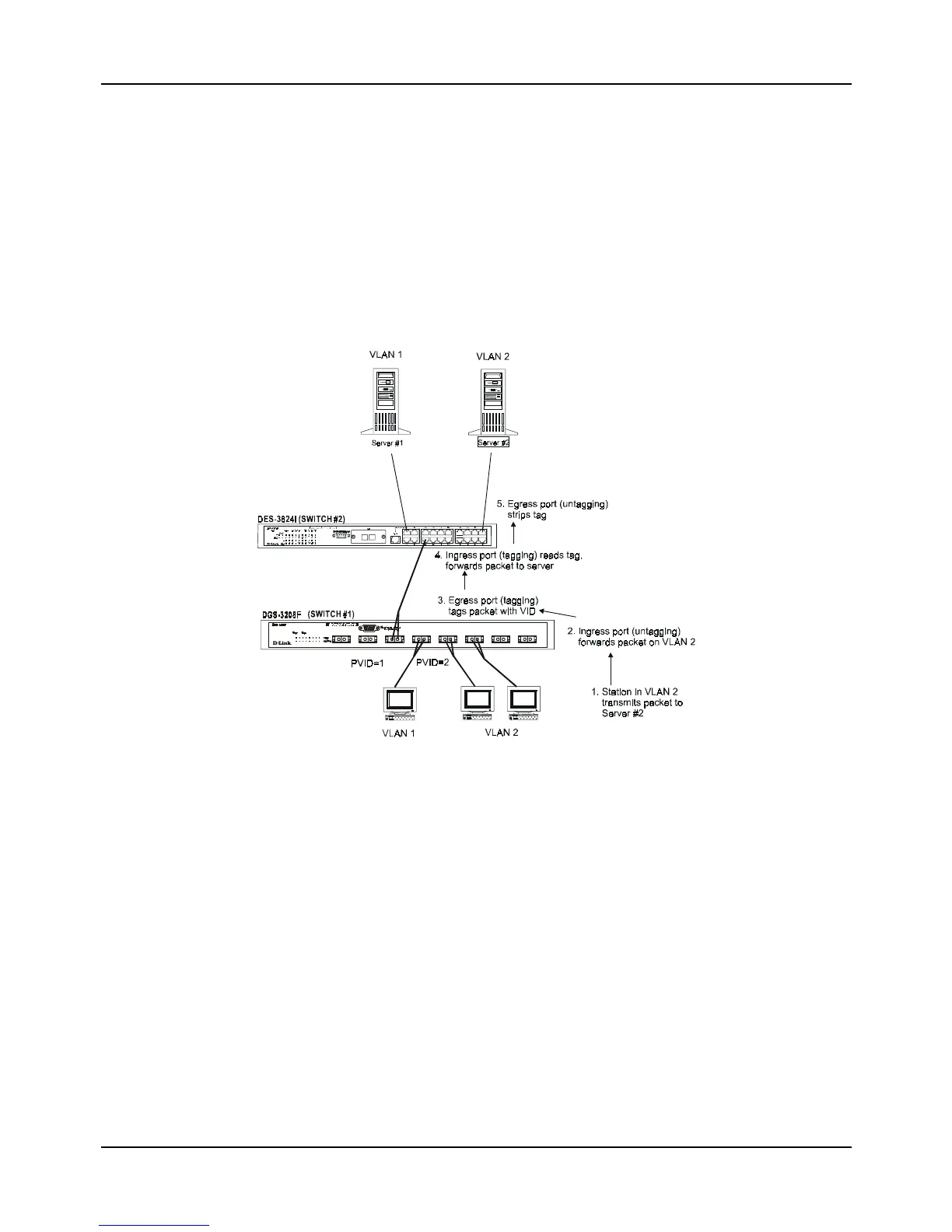